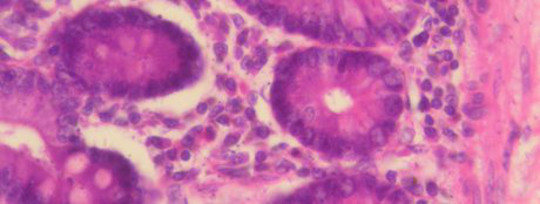
G-protein coupled receptors (GPCRs) are a large family of proteins, with hundreds of different members that allow cells to sense light, hormones or other molecules. GPCRs span cell membranes and carry signals from the outside in, so the cell can react. Once activated, GPCRs can trigger a cascade of responses inside the cell. They control countless essential body functions and are the target of many drugs.
GPCRs are notoriously difficult to study in 3-D detail. Their large, floppy and unwieldy structures make them troublesome to prepare for X-ray crystallography, which can detect atomic features but requires the formation of uniform crystals. The first GPCR structure to be solved was the light-sensing protein rhodopsin, isolated from a cow's retina. Since then, innovations have allowed researchers to solve the X-ray crystal structures of more GPCRs.
 Drs. Robert J. Lefkowitz of Duke University and Brian K. Kobilka of Stanford University were awarded the 2012 Nobel Prize in Chemistry for their studies of GPCRs. In their latest work, the researchers collaborated to focus on arrestins. These molecules bind to GPCRs within the cell to dampen or stop their signals. Arrestins can also activate numerous signaling pathways.
Drs. Robert J. Lefkowitz of Duke University and Brian K. Kobilka of Stanford University were awarded the 2012 Nobel Prize in Chemistry for their studies of GPCRs. In their latest work, the researchers collaborated to focus on arrestins. These molecules bind to GPCRs within the cell to dampen or stop their signals. Arrestins can also activate numerous signaling pathways.
The researchers were studying the interactions between β-arrestin-1 and a human GPCR called the V2 vasopressin receptor. However, they had trouble forming well-ordered crystals that captured the molecules’ interactions. They thus searched for a synthetic antibody fragment that could stabilize β-arrestin-1 in its active state bound to a segment of the receptor. The work was funded in part by NIH’s National Institute of Neurological Disorders and Stroke (NINDS), National Heart, Lung and Blood Institute (NHLBI) and National Institute of General Medical Sciences (NIGMS).
Get The Latest By Email
On April 21, 2013. Compared to previously determined inactive state structures, activated β-arrestin-1 has pronounced structural changes. These include 2 domains of the protein that are twisted relative to one another, and a major change in the location of another part of the protein.
A team led by researchers in Germany published the structure of another arrestin from the bovine eye called arrestin p44. These scientists found similar changes between the active and inactive states of arrestin p44.
Together, these findings suggest that arrestins may share similar activated states. Further studies of entire GPCR–arrestin interactions will yield more insight into how GPCRs achieve such a breadth of signaling complexity.
It's important to understand how this extraordinary family of receptors work,” says Lefkowitz. This is the kind of finding that answers a basic curiosity, but can also be of benefit if we can develop new drugs or improve the ones we have.










